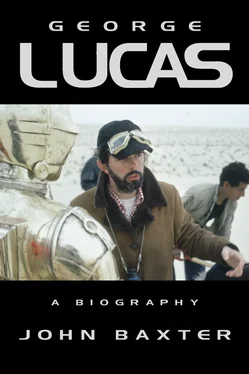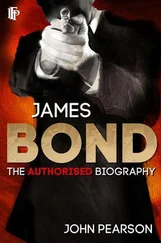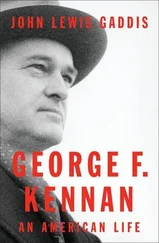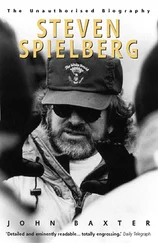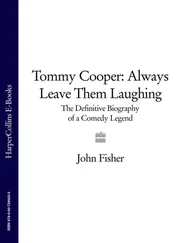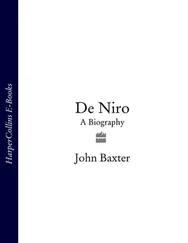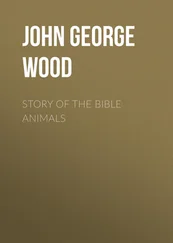THX1138 4EB – the subtitle Electronic Labyrinth was added later – was included in a programme of USC films at the Fairfax Theater in Hollywood. One party who went to see it included Fritz Lang; Forrest J. Ackerman, editor of Famous Monsters of Filmland ; George Pal, producer of When Worlds Collide and many other science fiction films; and young film journalist Bill Warren. ‘Among the films shown that night,’ recalls Warren, ‘were Glut, The Resurrection of Broncho Billy , by John Carpenter, and THX1138 4EB . Afterwards, we’re all standing on the sidewalk outside the Fairfax, and Fritz says, “All right, which one was the best?”
‘Forry and George Pal look at each other, and Forry says, “I think we liked The Resurrection of Broncho Billy best.’ George Pal agreed with Forry. And Fritz says, “That is why your films all stink, George. The best one …” He turned to me and said, “Which one was it?” I said, “It was THX1138 4EB .” And he said, “Yes! That’s the one. If I ever meet that young director, I want to tell him how great that film was.”’
Of all the people in Old Hollywood with whom George Lucas might have been expected to become involved next, Carl Foreman was among the least probable.
After writing some earnest Hollywood adaptations in the late forties, like Champion, Home of the Brave , and The Men , Foreman was named as a Communist in 1950, and placed on the studios’ covert blacklist. Unable to work in America, he relocated to Europe, leaving behind a western screenplay that Fred Zinnemann turned into High Noon . Retrospectively, the film seems to deal with many issues raised by the blacklist: the herd mentality, the unwillingess of people to live up to professed ideals. In fact, Foreman had no such ambitions for it, but happily basked in his unearned reputation as a socialist ideologue.
‘Carl Foreman wasn’t a very nice guy,’ said Mickey Knox, one of the many scriptwriters he employed during an erratic career as writer, director and producer. The opinion was general. In Paris and London, Foreman produced stodgy money-makers like Born Free and The Virgin Soldiers , and moonlighted on screenplays. By 1967 the political climate in Hollywood had thawed sufficiently for him to return. In 1968 the Writers’ Guild would launch a project to uncover the work of blacklisted writers obscured by the names of ‘fronts’ or deleted altogether, and to restore their rightful credits to the screen. Foreman’s first script after his return was Mackenna’s Gold , based on a Will Henry western novel about a mismatched party of adventurers seeking buried gold. Hoping to attract even a few teenagers to the film, Columbia’s publicity department offered to fund two students each from USC and UCLA to make ten-minute films about the production, to be shot on and around its desert locations in Arizona and Utah.
USC, on the recommendation of Arthur Knight, put forward Charles Braverman and Charley Lippincott. Braverman accepted, but Lippincott had been offered a job he preferred, as assistant to a director at Columbia who was planning a film, eventually unmade, on student film-makers. He suggested Lucas.
Lucas accepted the Mackenna’s Gold job, but without illusions. ‘I thought the whole thing was a ruse to get a bunch of cheap, behind-the-scenes documentary films made,’ he said, ‘and they were doing it under the guise of a scholarship.’ But he wanted to direct, and once he graduated, USC would no longer be picking up the bill.
He and Braverman joined David Wyles and David MacDougal from UCLA, and headed for Kanab, Utah. Lucas had one advantage: the project was being supervised by Saul Bass, for whom he’d worked on the credits of Grand Prix . Each student crew got a station wagon, film equipment and $200 a week to live on. Given his ascetic tastes, Lucas thought – rightly – that he could save most of that, and arrived back from the trip $800 richer.
He was appalled by the prodigality of a Hollywood unit on location. Nobody could drive anywhere, not even in their own car, without a Teamster at the wheel; hot meals had to be served three times a day; and a full crew of local technicians was kept on salary doing nothing while the imported Hollywood technicians shot the film. ‘We had never been around such opulence,’ said Lucas; ‘zillions of dollars being spent every five minutes on this huge, unwieldy thing. It was mind-boggling to us because we had been making films for $300, and seeing this incredible waste – that was the worst of Hollywood.’
For his film, Braverman interviewed Foreman; MacDougal covered the director, J. Lee Thompson; Wyles the stunt riders and horse-wranglers. Within two days, Lucas was bored with the film-making process. As nervous as ever around people, he made a film without them: one that stood back and saw the production as it might appear to a god – a ripple in time, as insignificant and evanescent as the movement of clouds over the landscape, unnoticed by the insects and animals that struggled to survive in this wilderness. Sixteen years later, he would recognize the same long view in a film by avant-garde documentarist Godfrey Reggio. Koyaanisqatsi even had some of the same images, like the speeded-up passage of clouds. Francis Coppola had backed Koyaanisqatsi , and Lucas would join him as guarantor of Reggio’s second (and less successful) Powaqqatsi (1988).
Lucas finished shooting his film on 18 June 1967, and called it just that – 6.18.67 . Foreman detested it. He’d tried to dissuade Lucas from making it, and once it was finished, did his best to see it didn’t get shown. But PBS made a program about the project and the four films, and Foreman, interviewed for it, had little choice but to smile and say he loved Lucas’s work. He was placed even more on the spot when the third National Student Film Festival showed it, along with The Emperor and THX1138 4EB. THX won the drama category; the other two were honorably mentioned. Milius took the animation prize for Marcello, I’m so Bored. Time magazine featured the two winners from USC and NYU’s Martin Scorsese in an article about young filmmakers. The photographer asked Milius to sit on the edge of the Steenbeck editing table in a New York cutting room. There was a double irony in this: Milius had never cut a film in his life, and didn’t know how – Lucas always helped him – and the flatbed Steenbeck, soon to be the standard editor’s tool, and already so in Europe, was shunned by the Hollywood establishment, fanatically loyal to the upright Moviola. At the time, there wasn’t a single Steenbeck in the whole of California.
I pattern my life on Hitler. He didn’t just take over the country. He worked his way into the existing fabric first.
Francis Ford Coppola, Newsweek , March 1967
One of the crumbs from the Hollywood table that occasionally fell into the eager hands of institutions like USC was the Samuel Warner Scholarship. The winner spent six months at the studio on a salary of $80 a week, doing what he wanted, learning what he could. He could even nominate the department in which he interned.
In 1967, the shortlist for this perk comprised Lucas and Walter Murch. On the day the decision was announced, they hung out on the USC patio and discussed what they’d do if they won. Whoever got the job, they agreed, the other would do everything he could to help. That was the trouble with Old Hollywood, Lucas argued: its primary directive was ‘divide and rule.’ It would never be like that with the next generation, he assured his friends. At USC, everyone worked with everyone else on every project. That’s how it would be in New Hollywood too.
Читать дальше
